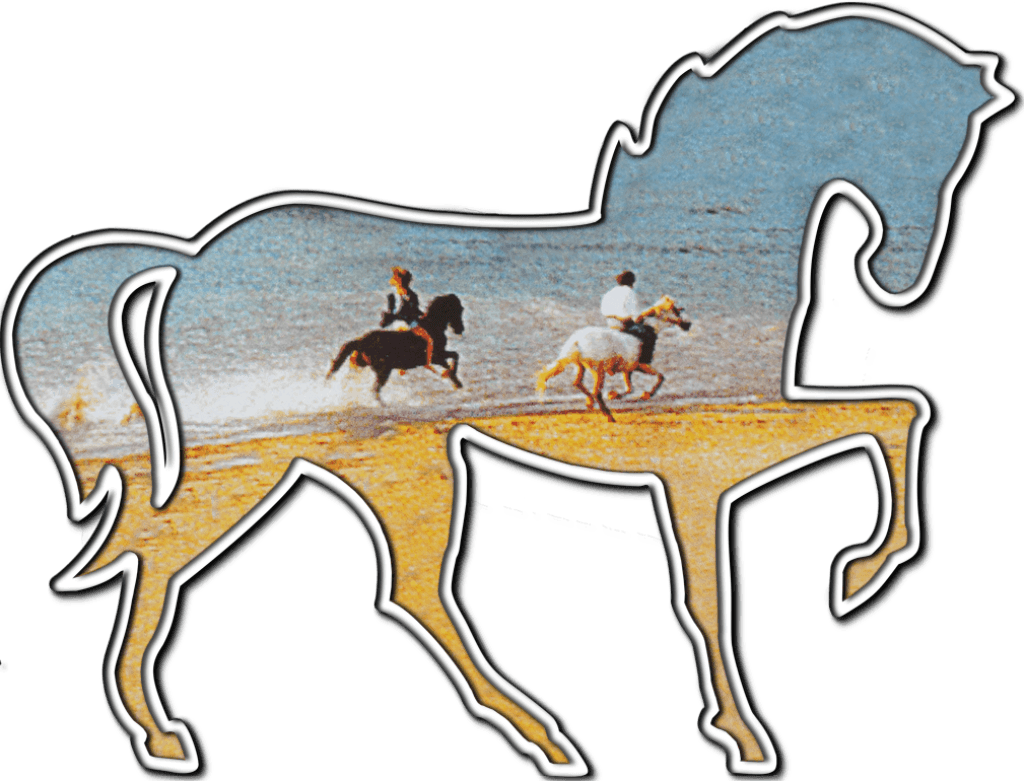The Verdon : Introduction and History
The Verdon : much more than a river, a region…
In the south of France, the Verdon river flows through the heart of Provence, straddling the Var and the Alpes-de-Haute-Provence. Through its own Grand Canyon, its lakes and its gorges, the river flows turquoise and emerald through 165 kilometres of Alpine foothills and elevated plateaux. For thousands of years, humans have lived on this soil that is intrinsically linked to the destiny of the complex river.
The Water of the Verdon and Humans
According to an old Provençal saying, “eici l’aigo es d’or” (here, the water is gold). In this region characterised by a dry climate, each and every stream or river is invaluable for the locals. The magnificent and generous Verdon river has shaped the life of those living on the territories surrounding it, just as the locals have modelled and shaped the river in return.
The Verdon is born of the confluence of three torrents:
- the Verdon de la Foux, taking its source in the Trois-Évêchés massif
- the torrent of Bouchier, taking its source in the Mont Pelat massif
- the Chadoulin, coming from Allos lake
Before joining the Durance in Vinon-sur-Verdon, the flow of the Verdon is broken by five dams which were built between 1949 and 1974. One must imagine the Verdon of yesteryear, its lively waters surging through the rocks… What are now the quiet banks of the Sainte-Croix, Esparron, Montpezat and Artignosc lakes were once plains, complete with farms and fields and even the old village of Salles-sur-Verdon, today hidden beneath the water.
Turning back time on the history of the Verdon
The Verdon holds innumberable secrets and travelling through its mysterious gorges is like taking a trip into a world outside of time.
The first official expedition into the Verdon gorges dates back to 1905, when Edouard-Alfred Martel and Isidore Blanc opened the first path that now bears their names. The arrival of the dams in the early 1970s resulted in emergency explorations being conducted for research purposes. This led to the discovery of caves that held numerous vestiges of the past left by prehistoric human.
Indeed, man’s presence in the low Verdon goes back around 400,000 years to the paleolithic era. Cave paintings, carved stones and various tools were found in the caverns and these are now exhibited in the Verdon Gorge Museum of Prehistory in Quinson.
The Verdon : Straddling Nature and Culture
The magic of the Verdon is in its rich natural environment. Its geological wonders provide the backdrop for a habitat which hosts not only a third of the species of flower present on French soil but also a large diversity of animals. Certain rare species have found refuge here, such as the Griffon vulture, the largest ocellated lizard in Europe and 22 of the 32 species of bat documented in France.
The cultural heritage also contributes to the unique character of the region : remarkable villages, artisans (and especially those specialising in faience), agriculture... All of these are testament to the millennia of human civilisation present in the region.
In 1997, the “Parc Naturel Régional du Verdon” was created, highlighting a drive to favour harmonious development between nature and culture. Indeed, one of the park’s main missions is to protect and promote both the natural and cultural heritage of the park’s territory.






